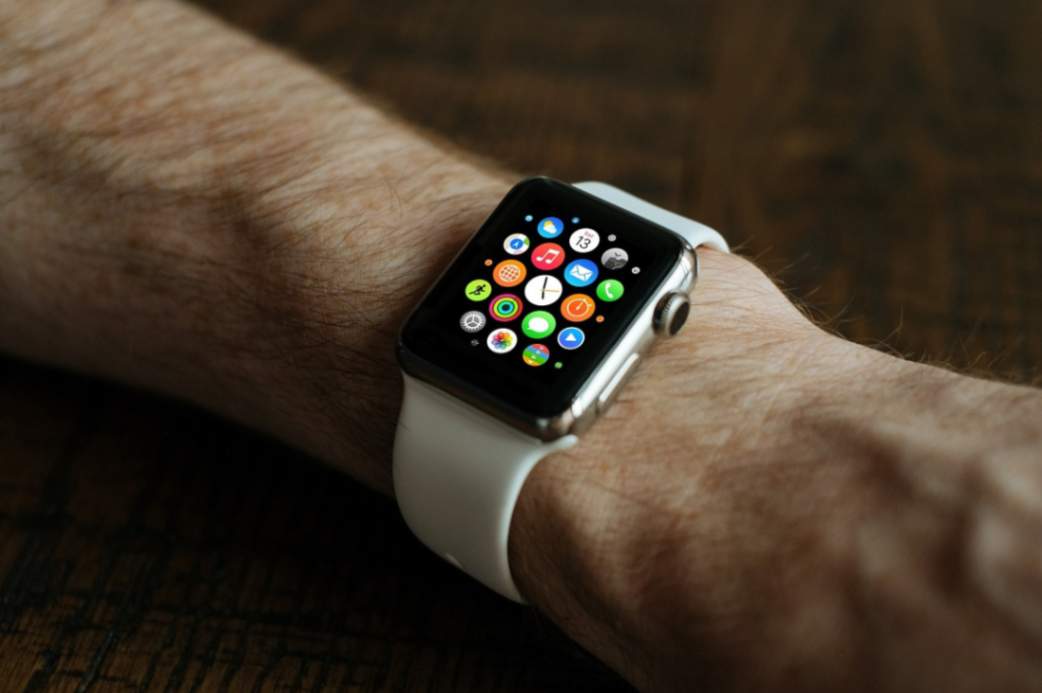The Apple Core for Short, commonly known as the iPhone, has revolutionized the way we communicate, work, and entertain ourselves. Since its inception in 2007, the iPhone has not only defined the smartphone market but has also set new standards in technology and design. This article explores the journey of the Apple Core for Short, its groundbreaking features, and its profound impact on society and technology.
The Birth of the Apple Core for Short
Introducing the iPhone
On January 9, 2007, Steve Jobs, then CEO of Apple Inc., unveiled the first iPhone at the Macworld Conference & Expo in San Francisco. The device was a bold departure from the traditional mobile phones of the time, combining a mobile phone, an iPod, and an Internet communicator into a single, elegant device. The announcement was met with excitement and skepticism, but it soon became clear that the iPhone was a game-changer.
Revolutionary Features
The original iPhone featured several innovations that set it apart from its competitors:
- Touchscreen Interface: The iPhone introduced a capacitive touchscreen that eliminated the need for a physical keyboard. This intuitive interface allowed users to navigate the device with gestures, a concept that would become standard in the industry.
- Multi-Touch Technology: The use of multi-touch technology enabled users to interact with the screen using multiple fingers, making tasks like pinching to zoom and swiping through photos seamless and natural.
- Internet Connectivity: The iPhone brought a full-featured web browser to the mobile world, allowing users to browse the internet with the same ease as on a desktop computer. This was a significant leap forward from the limited mobile web experiences of the time.
The Evolution of the Apple Core for Short
iPhone 3G and 3GS: Expanding Horizons
In 2008, Apple introduced the iPhone 3G, which added 3G connectivity, GPS, and support for the App Store. This move transformed the iPhone from a sleek gadget into a versatile platform for third-party applications. The iPhone 3GS, released in 2009, brought improvements in speed, camera quality, and performance, further solidifying the iPhone’s position in the market.
iPhone 4 and 4S: Design and Innovation
The iPhone 4, launched in 2010, featured a radical redesign with a glass and stainless steel body, a Retina display with a resolution of 326 pixels per inch, and the introduction of FaceTime, Apple’s video calling service. The iPhone 4S, released in 2011, introduced Siri, Apple’s intelligent voice assistant, enhancing the iPhone’s usability and functionality.
iPhone 5 to 5S: Bigger Screens and Touch ID
The iPhone 5, released in 2012, marked the beginning of Apple’s shift to larger screens, with a 4-inch display. The iPhone 5S, launched in 2013, introduced Touch ID, a fingerprint sensor that provided a new level of security and convenience for users.
iPhone 6 and 6 Plus: The Phablet Revolution
In 2014, Apple launched the iPhone 6 and iPhone 6 Plus, the latter featuring a 5.5-inch display. These models embraced the phablet trend, offering larger screens without compromising on design. The iPhone 6 and 6 Plus were also the first to feature optical image stabilization in their cameras, enhancing photo and video quality.
iPhone 7 and 7 Plus: Water Resistance and Dual Cameras
The iPhone 7, released in 2016, was water and dust resistant and eliminated the 3.5mm headphone jack. The iPhone 7 Plus introduced a dual-camera system, allowing for optical zoom and better low-light performance, a feature that would become standard in subsequent models.
iPhone X to 12 Series: Innovation and Design
The iPhone X, released in 2017, marked the 10th anniversary of the iPhone. It introduced Face ID, a bezel-less OLED display, and the removal of the home button, setting the stage for future designs. The iPhone XS and XS Max, along with the XR, continued this trend, offering improved performance and new features like Smart HDR and enhanced Face ID.
The iPhone 11 series, launched in 2019, focused on camera improvements, introducing Night mode, and a new Ultra Wide camera. The iPhone 12 series, released in 2020, featured 5G connectivity, a new design with flat edges, and the introduction of the MagSafe ecosystem for accessories.
iPhone 13 Series: Advanced Technology
The iPhone 13 series, launched in 2021, brought significant upgrades, including the A15 Bionic chip, improved battery life, and enhanced camera systems with sensor-shift optical image stabilization. The Pro models introduced ProMotion technology with a 120Hz refresh rate, making the display smoother and more responsive.
The Impact of the Apple Core for Short on Society
Changing Communication
The iPhone has revolutionized the way we communicate. From the introduction of SMS and MMS to the rise of instant messaging apps like WhatsApp and Facebook Messenger, the iPhone has made staying connected easier and more efficient. The advent of FaceTime has also changed how we conduct video calls, making them more accessible and user-friendly.
Redefining Entertainment
With the iPhone, Apple transformed how we consume media. The iTunes Store and later the App Store made music, movies, and apps easily accessible. The iPhone’s high-resolution Retina display and advanced processing power have made it a powerful device for gaming, streaming, and multimedia creation.
Fostering Innovation
The iPhone’s open platform has fostered innovation in the app development ecosystem. The App Store, launched in 2008, has become a marketplace for millions of apps, enabling developers to reach a global audience and creating new opportunities for entrepreneurship and creativity.
Influencing Design and Technology
The iPhone’s design philosophy has influenced countless other devices, setting trends in smartphone design, user interface, and functionality. The seamless integration of hardware and software, along with its focus on user experience, has set new standards for the industry.
The Future of the Apple Core for Short
Continued Innovation
As we look to the future, the Apple Core for Short is expected to continue pushing the boundaries of technology. With advancements in augmented reality (AR), artificial intelligence (AI), and 5G connectivity, the iPhone is poised to offer even more immersive and powerful experiences. The upcoming iPhone models are likely to feature further enhancements in camera technology, battery life, and processing power, making them indispensable tools in our daily lives.
Sustainability and Eco-Friendly Initiatives
Apple is also increasingly focusing on sustainability, with initiatives aimed at reducing the environmental impact of its products. From using recycled materials to improving energy efficiency, Apple is committed to making the iPhone more sustainable, ensuring that its innovation benefits not just its users but the planet as well.
Conclusion
The Apple Core for Short has come a long way since its debut in 2007. It has not only revolutionized the smartphone industry but has also had a profound impact on how we live, work, and interact with technology. With its continuous innovation, the iPhone remains at the forefront of the digital revolution, setting new standards and inspiring future generations of technology.
For those eager to stay updated on the latest developments and trends in the world of technology, Fintech Zoom provides comprehensive coverage and insights, ensuring you are always in the loop. The journey of the Apple Core for Short is far from over, and its next chapters promise to be as exciting and transformative as its past. Read More


